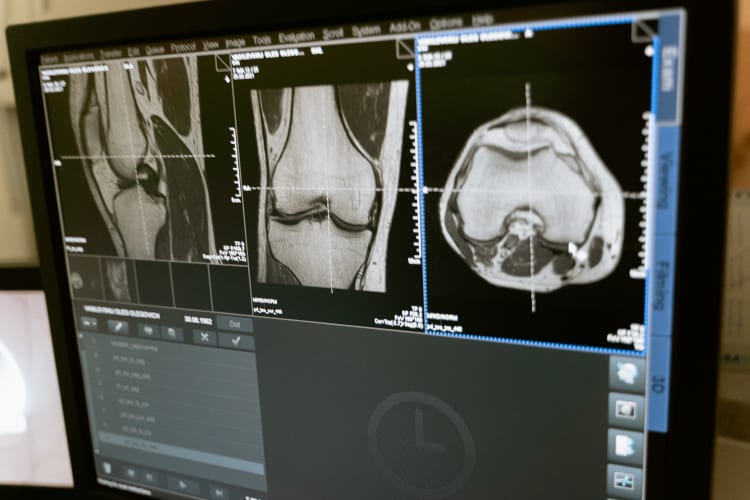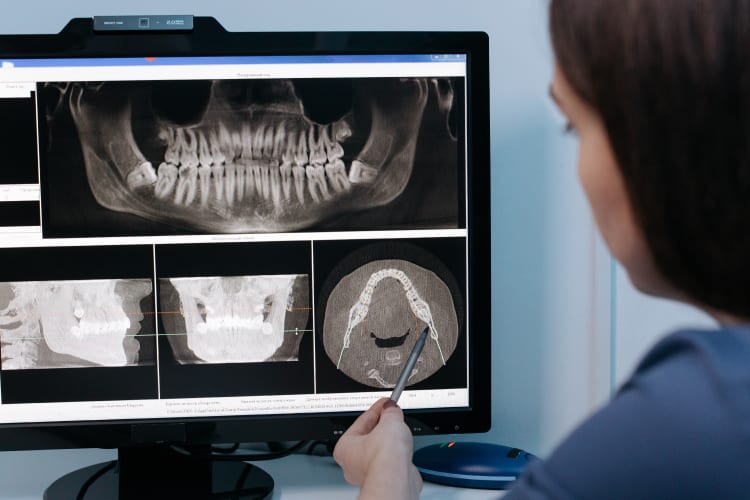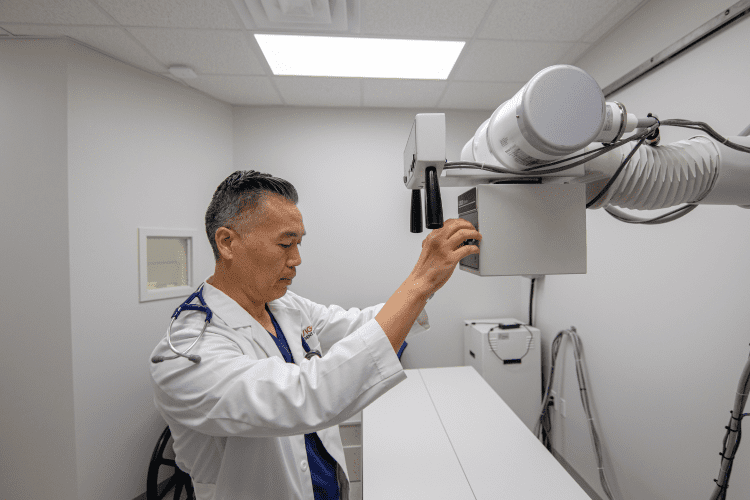Urgent Care Teleradiology Services You Can Depend on
The teleradiology overread service you choose is an extension of your clinic. With industry-leading turnaround times, 99.97% accuracy rates, and real-time access to radiologists, you’ll have teleradiology specialists by your side to ensure a better experience for your patients and exceed the expectations of providers 365 days a year.

Improve Satisfaction
Patients get care faster when you can depend on timely, precise interpretations

Save Staff Time
Get a response before you feel the pressure to follow up

Increase Confidence
Have confidence in your diagnosis when a board-certified radiologist provides an over read

Sharpen Accuracy
Our radiologists undergo routine quality assurance checks and work hard to maintain a 99.97% accuracy rate




